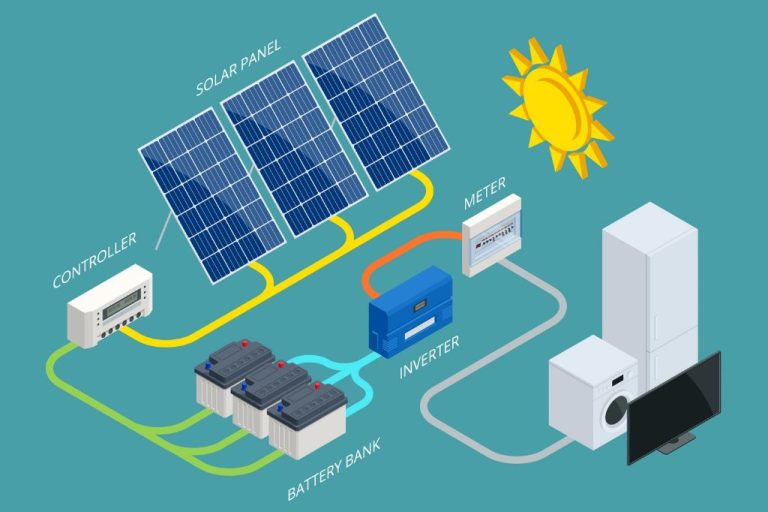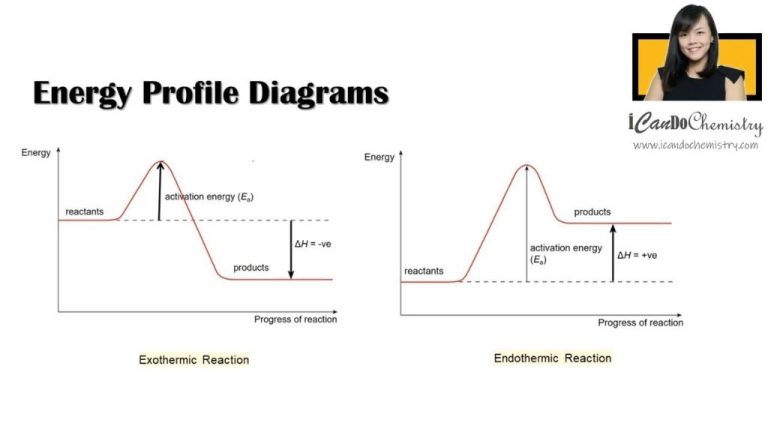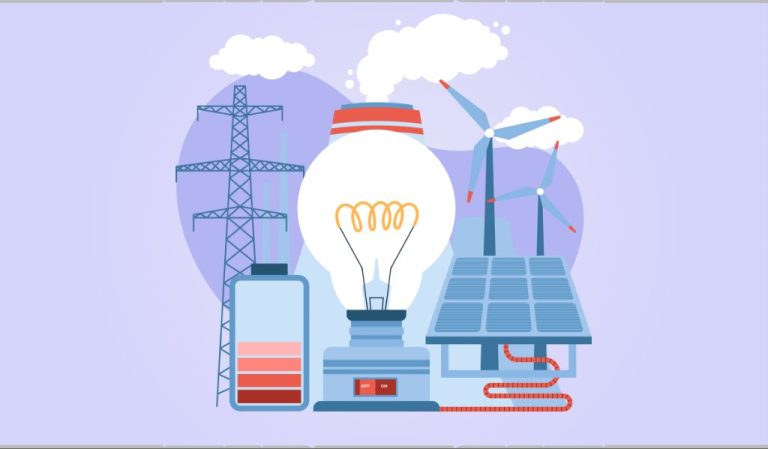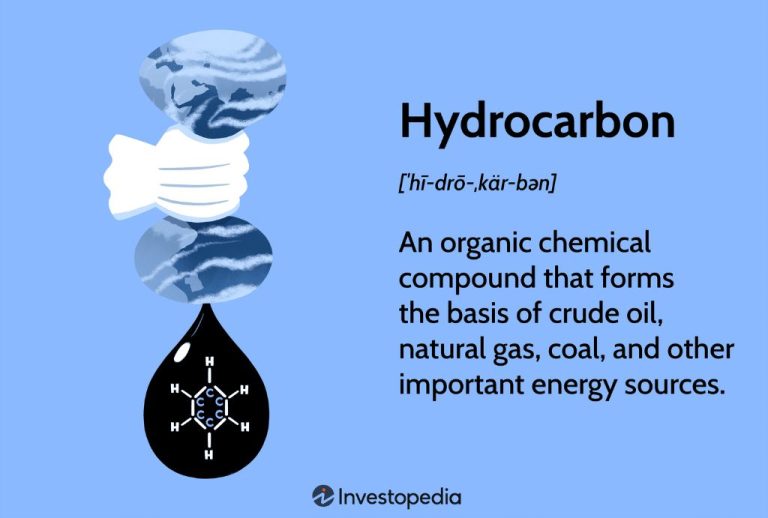What Is The Flow Of Charge Is Called?
Electricity is the set of physical phenomena associated with the presence and motion of matter that has a property of electric charge. Electricity is related to magnetism and both electricity and magnetism are part of the phenomenon of electromagnetism.
Electric current is the flow of electric charge. Electric current occurs whenever charge is flowing through a medium, like a wire or a piece of metal. The current is the amount of charge (measured in Coulombs) passing through a given point per unit of time (measured in seconds).
Electric Charge
Electric charge is a fundamental property of matter that causes particles to interact with each other. There are two types of electric charge: positive and negative. Positively charged particles have a shortage of electrons, while negatively charged particles have an excess of electrons. The SI unit for electric charge is the coulomb (C).
Electric charge is quantized, meaning it comes in discrete packets. The proton has a charge of +1 e, where e is the fundamental unit of charge (approximately 1.602 x 10-19 C). The electron has a charge of -1 e. Charged particles exert forces on each other through the electromagnetic force. Opposite charges attract, while like charges repel.
The flow of charged particles constitutes an electric current. In order for current to flow, there must be charge carriers that are mobile and able to move freely through a conducting medium or wire. The flow and direction of electric current is determined by the electric potential difference and the availability of mobile charge carriers.
Electric Current
Electric current is the flow of electric charge carriers through a conductor. It refers specifically to the flow of electrons in a circuit. Electric charge flows when there is a voltage difference between two points in space. This voltage causes electrons to move from areas of lower potential to higher potential. The flow of these electrons make up the electric current.
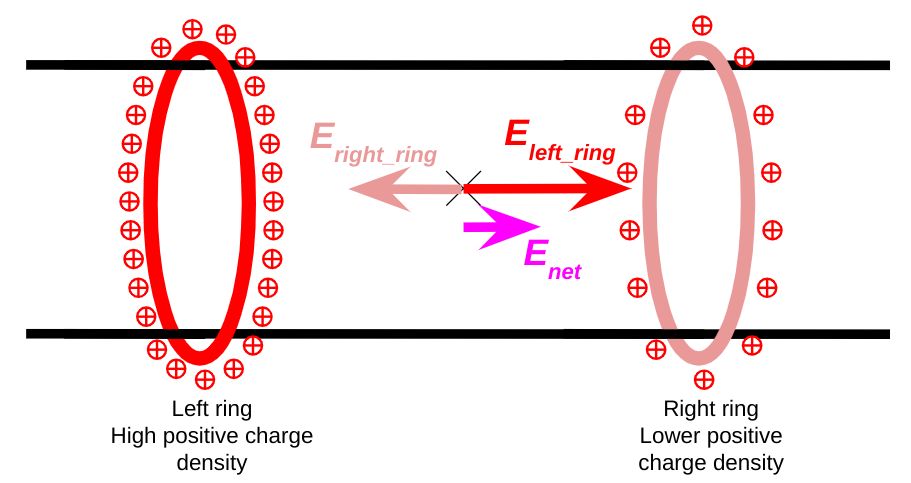
Current is measured in Amperes (A), which indicates the amount of charge flowing through a point in the circuit per second. For example, a current of 1 Ampere means 1 Coulomb of charge is passing through each second. Current flows in a loop from the power source through the circuit components and back to the source. This orderly flow of charge is called electric current.
Direction of Current Flow
Conventional current is the direction that positive charges move within a circuit. Electrons have a negative charge, so the actual flow of electrons is in the opposite direction to conventional current. However, for simplicity, it is standard practice to consider current as the flow of positive charge.
In conventional current, the flow of positive charges is from the positive terminal to the negative terminal. Electrons, which have a negative charge, actually flow in the opposite direction – from the negative terminal to the positive terminal. This is called electron flow.
While electron flow represents the true direction that particles are moving, conventional current is an abstraction that was established before electrons were discovered. Conventional current maintains a consistent system of visualizing current as flowing from positive to negative. This aids in circuit analysis and in understanding the direction that conventional current ‘pushes’ electrons.
In summary, conventional current represents the flow of positive charge and electron flow represents the flow of negative electrons. Despite electron flow being the true particle motion, conventional current from positive to negative is the accepted standard for representing current direction.
Measuring Current
Current is measured using a unit called the ampere, commonly shortened to amp. An ampere is defined as one coulomb of charge passing through a point in one second. A coulomb is the amount of electric charge transported by a current of one ampere in one second.
To measure current, we use a device called an ammeter. It is connected in series in a circuit to measure the flow of charge through that part of the circuit. The ammeter has very low resistance so that it doesn’t affect the current flowing through the circuit.
The amount of current flowing depends on the voltage applied and the resistance in the circuit. For a given voltage and resistance, the current remains constant. We can use Ohm’s Law to calculate the current if we know the voltage and resistance values.
Ohm’s Law
Ohm’s Law describes the relationship between current, voltage, and resistance in electrical circuits. It states that the current (I) flowing through a conductor is directly proportional to the voltage (V) applied, and inversely proportional to the resistance (R) of the circuit. This can be written mathematically as:
I = V/R
Where:
- I is the current in amps (A)
- V is the voltage in volts (V)
- R is the resistance in ohms (Ω)
So according to Ohm’s Law:
- If voltage increases, current will increase assuming resistance stays the same.
- If resistance increases, current will decrease assuming voltage stays the same.
- If current is fixed, increasing voltage requires decreasing resistance, and vice versa.
Ohm’s Law allows us to analytically understand the relationship between current, voltage, and resistance in a circuit. It is a fundamental principle applied in circuit analysis, electrical engineering, and electronics.
Factors Affecting Current
The amount of current that flows through a circuit depends on several key factors. The three main factors that influence current are voltage, resistance, and power.
Voltage, measured in volts (V), refers to the electric potential or “push” that makes charges flow through a circuit. The greater the voltage, the greater the current. Using a higher voltage battery or power supply leads to a larger current flowing through the circuit.
Resistance, measured in ohms (Ω), opposes the flow of current. Components like resistors, which are specifically designed to provide resistance, limit how much current can flow. The greater the resistance, the smaller the current. Increasing resistance reduces current.
Power, measured in watts (W), represents the rate at which energy is transferred in an electrical circuit. For a given amount of resistance, increasing the power results in more current flow. So the higher the power rating of a component, the higher the current it will carry.
In summary, increasing voltage or power and decreasing resistance results in larger electric current in a circuit. Engineers take advantage of these relationships in designing electrical systems and components that operate at desired current levels.
Applications of Current
Electric current has many practical uses in our everyday lives. Here are some of the most common applications of electric current:
Powering electrical devices: Most electronics, appliances, and machines require electric current to operate. Everything from laptops, cell phones, refrigerators, dishwashers, power tools, and factory equipment need current flowing through them to function.
Lighting: Light bulbs and lamps convert electrical energy into light through the heating and illumination of a thin wire filament inside the bulb. Current flows through this filament to create brightness.
Heating: Electric stoves, space heaters, water heaters, and other devices use the heat generated from current flowing through resistive heating elements. This allows efficient, adjustable, and fast heating.
Charging batteries: Rechargeable batteries work by using electric current to reverse the chemical reaction that produces power. Devices like phones, laptops, flashlights, and cars have rechargeable batteries.
Running motors: Electric motors have loops of wire surrounded by magnets. Current flowing through the loops creates a magnetic field that pushes and rotates the coil, creating motion and doing mechanical work.
Transmitting information: Devices like radios, cell phones, and internet infrastructure rely on electric current to encode, transmit, and decode information signals through the air or over cable networks.
Hazards of Electric Current
Electric current can be extremely dangerous if not handled properly. The two main hazards associated with electric current are electric shock and fire.
Electric shock occurs when a person comes into contact with an exposed live wire or a device that has a defective ground. Even a relatively small amount of current flowing through the heart can cause ventricular fibrillation, which is fatal. The amount of current required to cause shock depends on factors like the path of the current through the body, the duration of contact, and the frequency of the current. Any amount over 10 milliamps is capable of producing a painful shock, while currents over 200 milliamps can cause respiratory paralysis and death.
Fires can occur due to the heat generated by electric currents. Faulty wiring, damaged insulation, and overloaded circuits are some of the common causes of electrical fires. High-power devices like stoves, heaters, and irons which draw a lot of current can also spark fires if not used properly. It’s important to use the right gauge wire, circuit breakers, and fuses to prevent overheating and short circuits which lead to fires. Proper maintenance and upkeep of electrical equipment is key to preventing both shock and fire hazards.
Conclusion
In summary, the flow of electric charge is called electric current. Current flows when there is a difference in electric potential energy between two points, causing electrons to move from areas of higher potential energy to lower potential energy. The current flows from the negative to the positive terminal, though it’s often referred to as moving from positive to negative for historical reasons.
The amount of current flow depends on various factors like voltage, resistance, and temperature according to Ohm’s law. Current flow has many practical applications in our everyday lives, but can also be hazardous if proper precautions are not taken. Key points covered:
- Electric current is the flow of electric charge.
- It flows from areas of higher to lower potential energy.
- Current is measured in Amperes.
- Ohm’s law describes the relationship between current, voltage, and resistance.
- Materials with higher resistance limit current flow.
- Electric current powers many useful devices but can also be dangerous.
With this review of the basics of electric current and its flow, you now have a solid understanding of this important electrical concept.

